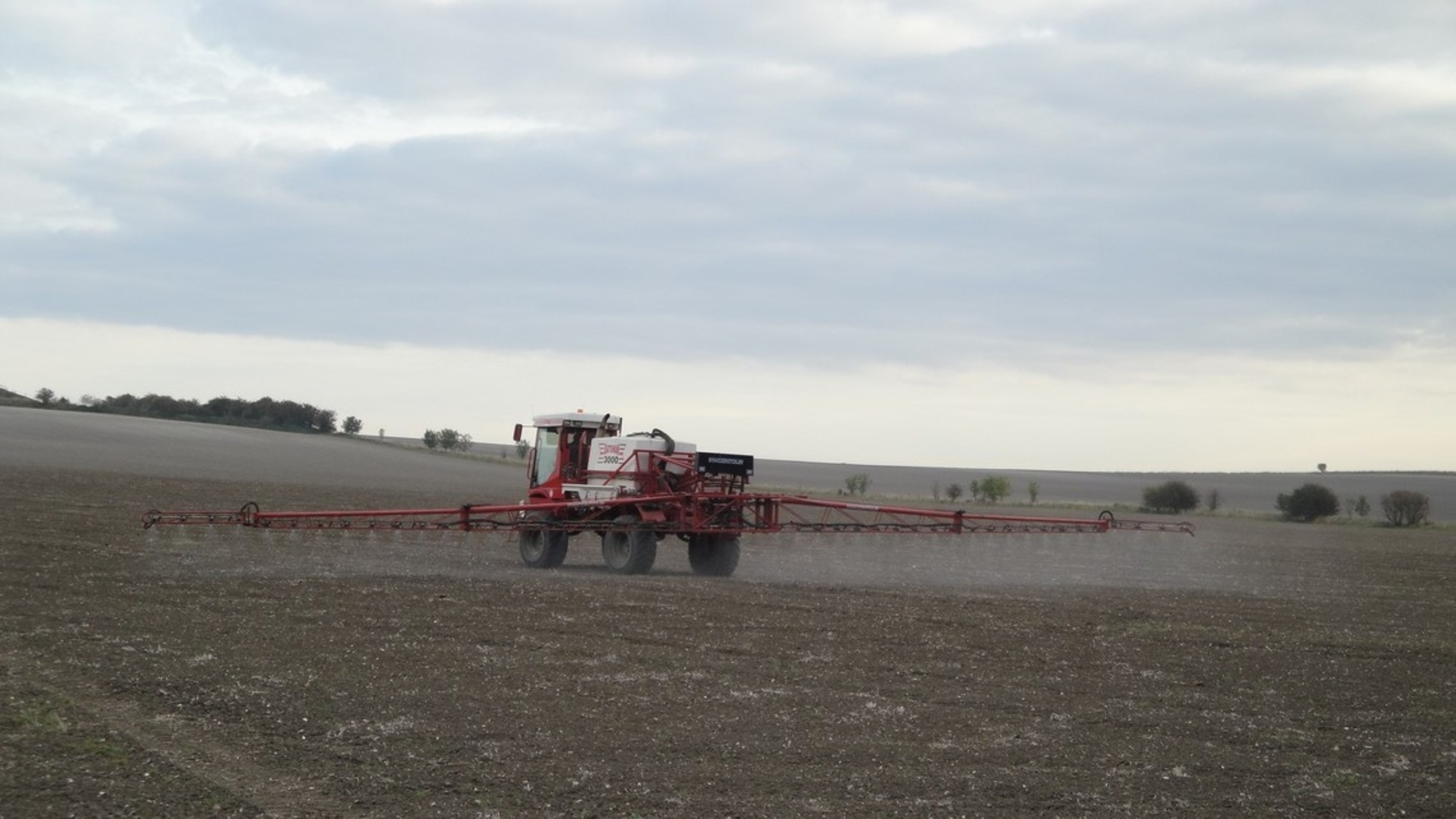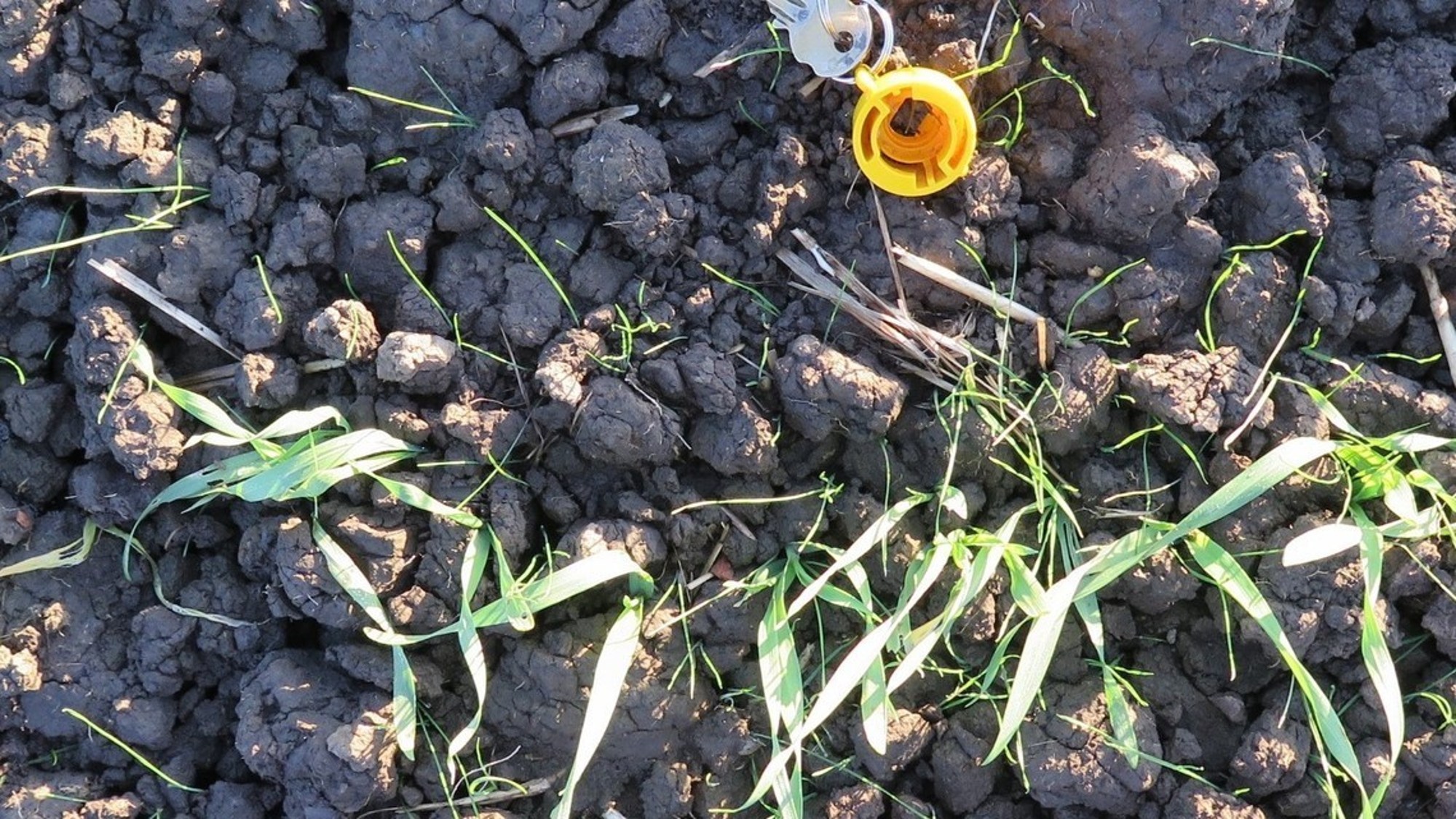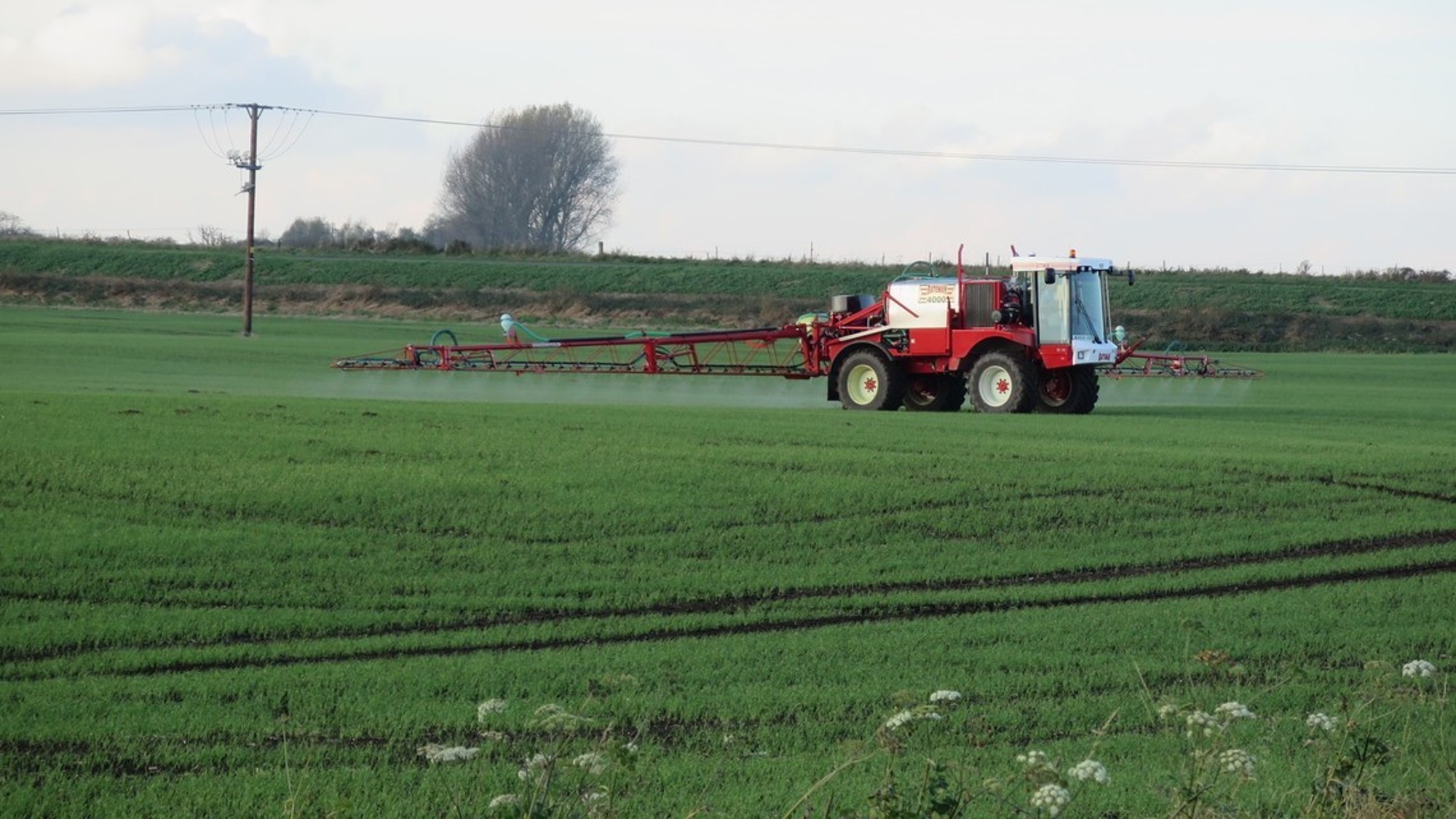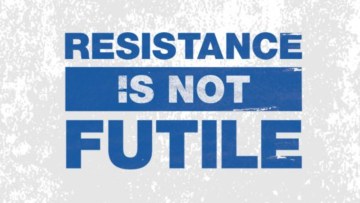Spray Application Overview
29.05.2019
Spray Application
The goal for pre-emergence herbicides is to get the spray evenly distributed across the soils surface. The key spoilers preventing one achieving this are; the displacement of the spray, by the wind at the time of application, the forward speed of the machine, and the consequential shadowing effect of clods. The most uniform application will be achieved on smooth seedbeds, at low windspeeds, and low forward speeds.
Compromises
Over the last few years there has been increasing evidence that when spraying difficult to control blackgrass, a water volume of 200 l/ha performs more consistently than 100 l/ha. In practice, autumn seedbeds are generally cobbly, ideal spray days are few, and the need to complete the application of the herbicide at the correct timing, dictates the necessary forward speed, and the spray volume.
Shadowing
To minimise the shadowing effect of the clods, one needs a spray that moves forwards backwards and sideways in a controlled fashion. In trials, I have found it difficult to make a spray go backwards against the forward speed of the sprayer. The spray requires considerable energy to achieve this. A single outlet angled nozzle mounted alternately forward and rearward facing along the boom, has proven the best way to accomplish this all around coverage of the soil. The faster the forward speed of the sprayer, the smaller the proportion of the spray will cover the rear aspect of the clods, so a forward speed of no more than 12 km/h is recommended.
Drift Control
Sprays lose energy, the further they get from the nozzle. Keeping the tip of nozzles at the design height of 50 cm above the soil gets their best performance, and maximises the all-around coverage.Pre-emergence sprays are particularly bad for spray drift. At any given wind speed, spray drift is greatest, when there is no crop present to create the turbulence which sucks many of the small drops downwards in a standing crop. A 50 cm nozzle tip height is the best for reducing drift.When weather conditions are marginal, air induction nozzles are preferred, my personal preference are the Hypro Guardian Air, with their rearward trajectory, which helps even up the spray on the ground.Nozzle pressure: with both nozzle options use 2 Bar pressure for excellent patternation, while minimising drift.

Recommendation:Wind speed: 1-2 m/sSprayer speed: up to 12 km/hWater volume: 100 -200 l/haNozzle type:
- Reasonable Conditions: Hypro Defy 3D alternating forward and rearward.
- Marginal Conditions: Hypro Guardian Air
Objective
The goal for post-emergence herbicides is to maximise the deposition of the spray on small vertical grass weed leaves. Up to the 2-leaf stage, black grass leaves are less than 1 mm wide, presenting a very small target when sprayed from above.

Maximising Spray Deposition
When compared with the deposition achieved with a traditional fan jet, the amount of spray deposited on small blackgrass can be doubled by using an angled nozzle. A narrow-angled fan jet with an optimised trajectory has proven to be the best compromise so far between optimum deposition, while minimising spray drift. In trials, it was found that deposition on small grass weeds is maximised with all the nozzles pointing forwards. While this works when the seed bed is relatively flat. Where there are clods in the seed bed, the same issue of shading arises as when spraying pre-emergence, in which case it is best to alternate the nozzle forward and rearward.
Sprays lose energy, the further they get from the nozzle, and in doing so will lose their trajectory. Keeping the tip of nozzles at the design height of 50 cm above the weeds gets their best performance, and maximises the deposition of the herbicide on the foliage.
Trials have shown that at lower water volumes more chemical is retained on the weed leaves. A water volume of 100 l/ha is preferred.
Drift Control
Early post-emergence sprays are bad for drift, because of the lack of crop. Control of Nozzle tip height is the single most important aspect of spraying for reducing drift. Keep the nozzle tip at 50 cm from the top of the weeds, to minimise drift, while being high enough to not hit the ground. Auto boom height control is a big help in maintaining a constant height of 50cm.
Air inclusion nozzles even when set up with an angled trajectory do not deposit as much on the weed foliage, so are not recommended. However, a nozzle pressure of 2 bar reduces the number of fine drops by c. 30% compared with 3 bar, and is the recommended pressure.

Summary:
Wind speed: 1-2 m/s
Sprayer speed: up to 12 km/h
Water volume: 100 l/ha
Nozzle type: Hypro Defy 3D
Nozzle tip height above weeds: 50 cm
Nozzle tip pressure: 2 Bar
Nozzle Trajectory:
- Smooth seedbed: All Forwards
- Cloddy seedbed: Alternate Forward and Rearward.


